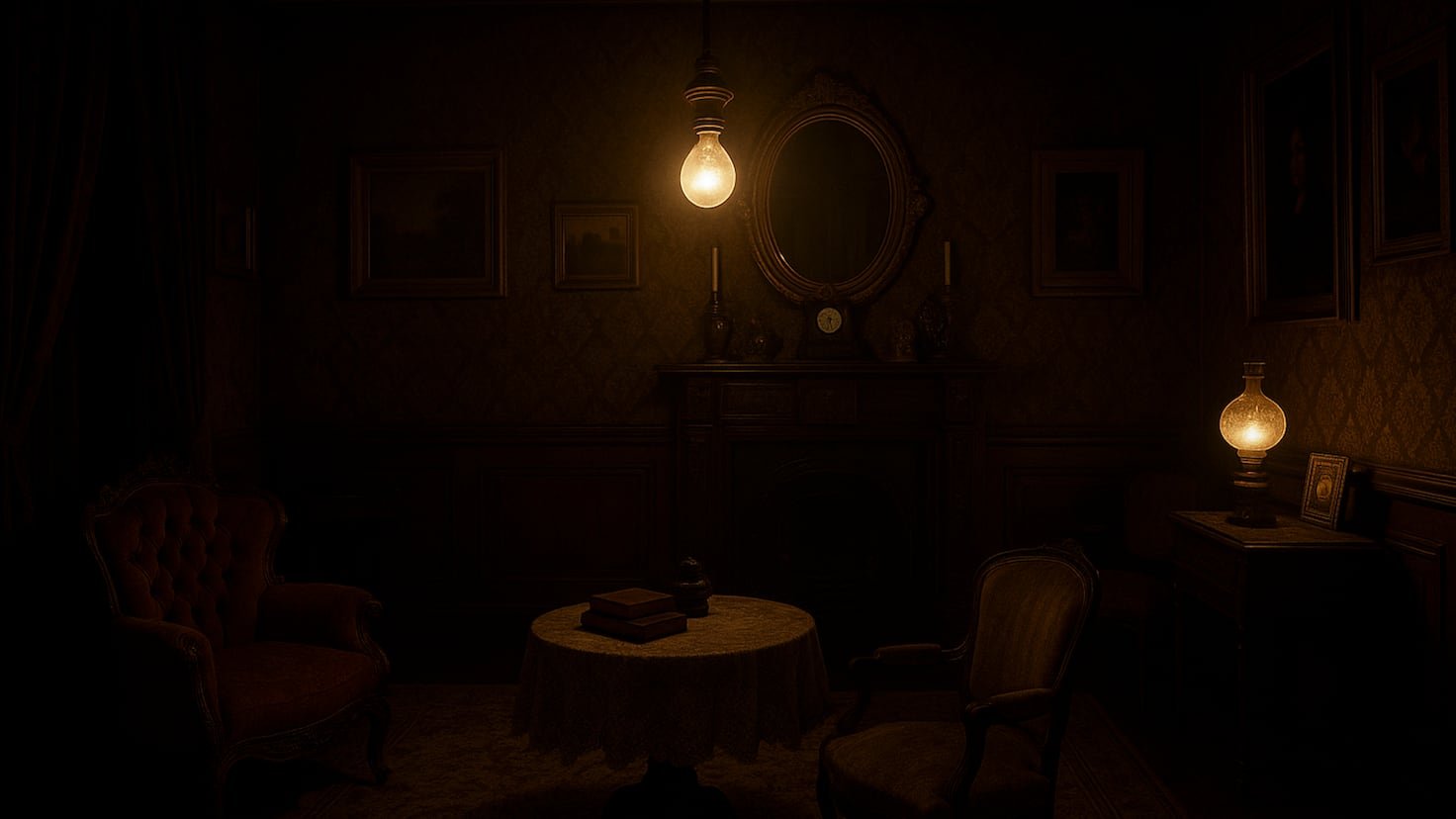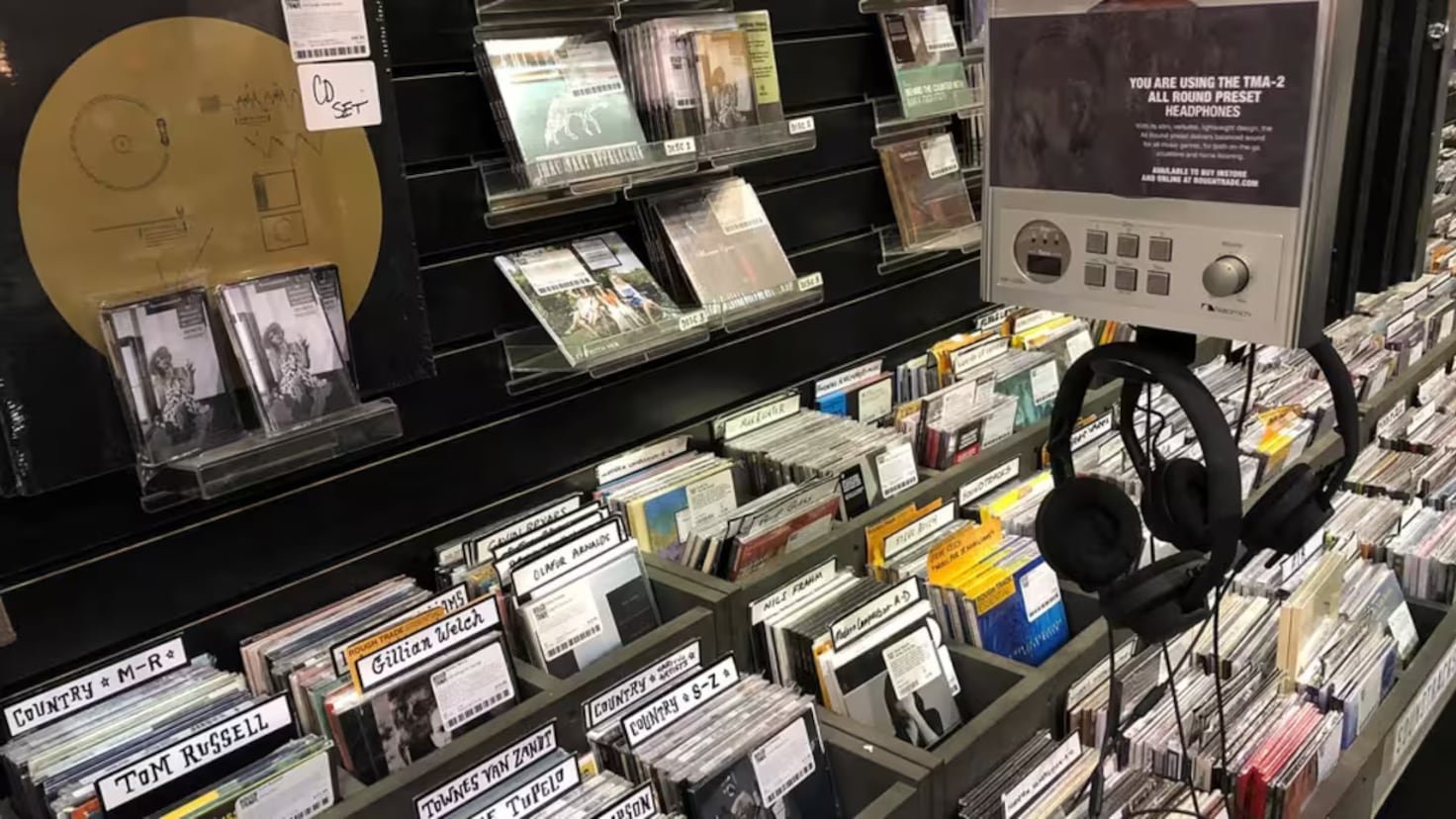
If you’ve been watching The Gilded Age on HBO, you’ve probably admired the opulent mansions, social scheming, and fiery dialogue over oyster luncheons. But behind all that velvet and verbal warfare, the real 1880s were roaring with something less visible but far more transformative: invention.
While Bertha Russell was muscling her way into Manhattan society with a ballroom and a budget to match, Thomas Edison was figuring out how to make your living room glow after sunset. In 1879, after testing thousands of filaments (including beard hair, reportedly), Edison patented a practical light bulb that lasted long enough to be useful – and eventually affordable. HBO would have struggled to film their series by candlelight, and thanks to Edison, they didn’t have to.
If you aren’t yet into it, here’s the official trailer to the series:
[embedded content]
What was the Gilded Age?
The Gilded Age, named after an 1873 satirical novel by Mark Twain, simply refers to the period between the Civil War and early 1900s. It was a time of rapid industrial growth and new technology, but also deep inequality, where corrupt tycoons and financiers held more power than elected officials, thriving at the expense of the working class. That corruption though did lead to progression.
What was invented during the Gilded Age?
As should now seem obvious, plenty of inventions arrived during this period. The 1880s were ludicrously productive for inventors.
In 1876, Alexander Graham Bell filed his patent for the telephone – just hours ahead of rival Elisha Gray, and with special mention to Antonio Meucci. It’s a fascinating story and a race to success that I’ve tried to explain to my daughter, for whom the idea of anything less than a smartphone in your pocket seems hard to fathom.
[embedded content]
For those though watching Peggy Scott type away in the series, remember she was living through the moment when voices could first be sent down wires. That must have been incredible.
Just two years later, Edison again made history with the phonograph, a machine that recorded and played back sound. Long before Spotify, before cassettes, before vinyl – this was the start of people replaying music instead of relying on a pianist, violinist or harmonicist, if that’s the right word.
[embedded content]
By 1888, photography was in the hands of the relative masses thanks to George Eastman’s Kodak camera, which came preloaded with 100 exposures. Instead of hiring a professional, you just aimed, clicked, and mailed the box back. Kodak did the rest for $10 – although you didn’t get to choose which filter would make you look better.
Transportation in The Gilded Age
When it came to moving around, you need to think beyond carriages. Electric streetcars, first tested in Richmond, Virginia, began to shape urban life, giving cities the chance to stretch out. Meanwhile, Carl Benz rolled out the first gas-powered automobile in Germany in 1886 – a slow, 10 mph tricycle that Bertha Benz famously took on a surprise 121-mile drive.
[embedded content]
And just as the century turned, the Wright brothers took flight. In 1903, Wilbur and Orville launched the first powered airplane in North Carolina – a 12-second hop that changed travel forever. From a bicycle shop in Dayton to the skies over Kitty Hawk, they kicked off the age of aviation.
Read more on this important period of human history, and then dive into the HBO series.
Get your game on! Whether you’re into NFL touchdowns, NBA buzzer-beaters, world-class soccer goals, or MLB home runs, our app has it all.
Dive into live coverage, expert insights, breaking news, exclusive videos, and more – plus, stay updated on the latest in current affairs and entertainment. Download now for all-access coverage, right at your fingertips – anytime, anywhere.



